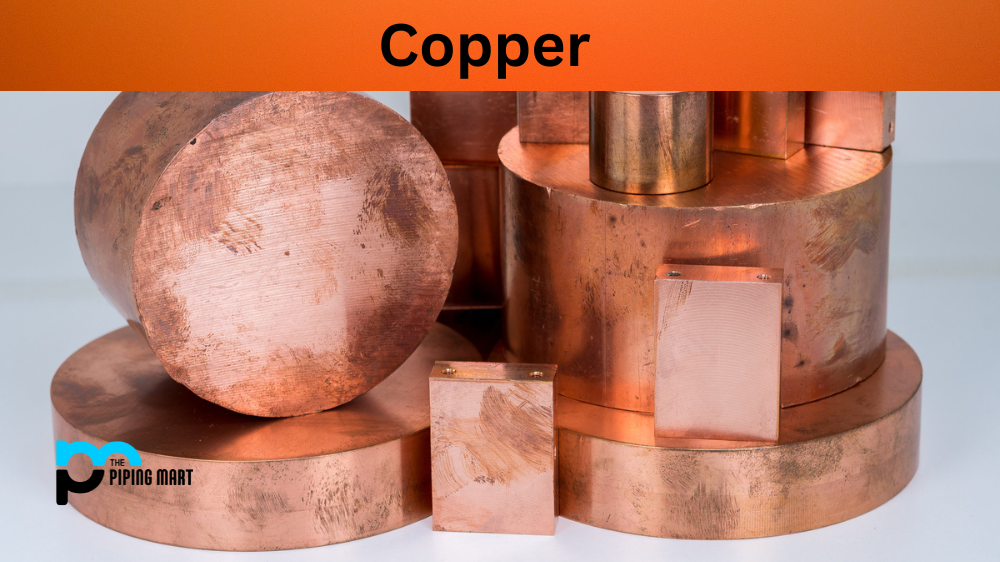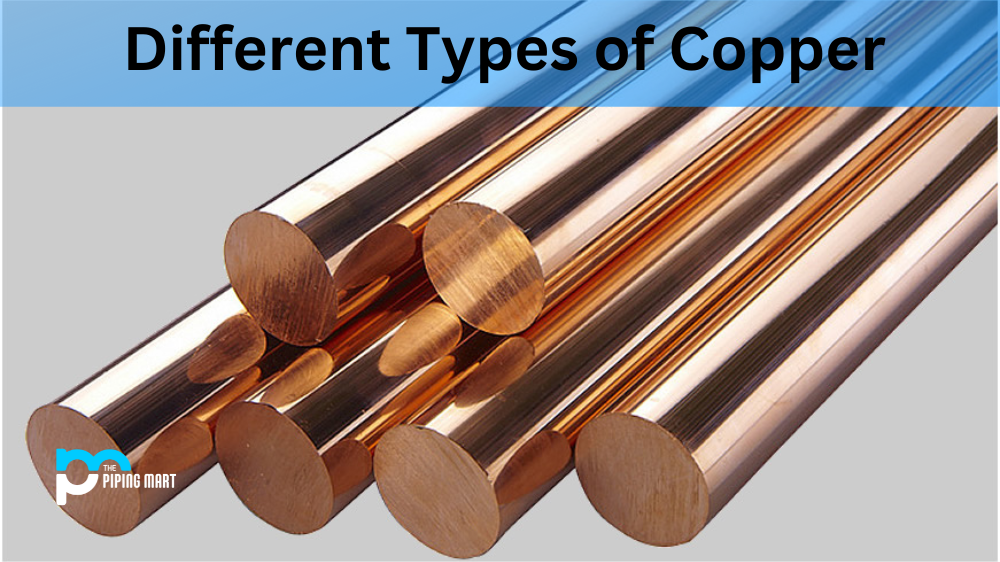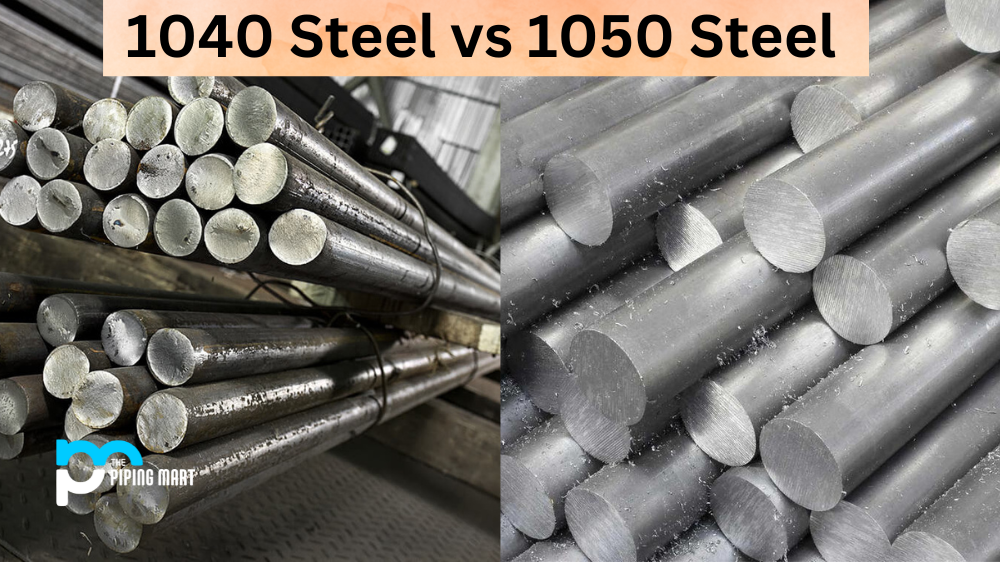Copper is an incredibly versatile metal with a range of properties that make it a go-to choice for many applications. Its high electrical and thermal conductivity, malleability, ductility, absorbtivity, resistance to corrosion, and magnetism all make it a popular material among designers and engineers. Let’s take a closer look at these properties and explore how copper is used in modern technology today.
Absorbtivity of Copper
Copper is known to have excellent absorptivity; research has shown that the metal can absorb up to 99% of infrared radiation from the sun. This means that copper roofs can be highly effective at regulating indoor temperatures; studies have found that copper roofing can reduce cooling costs by 10%-15%. As such, copper roofing is gaining popularity among energy-conscious homeowners looking for ways to reduce their energy bills.
Copper Specifications
The specifications of copper vary depending on the type being used. Pure copper is soft enough to be cut easily with a knife or scissors; however, when alloyed with tin or other metals (such as brass or bronze), it becomes much harder and more durable while still retaining its malleability and ductility. Depending on what kind of application you’re looking for, there are different types of copper to choose from; some are harder than others while still having good absorptivity or electrical conductivity capabilities.
Copper Magnetism
Although generally not considered magnetic due to its low ferromagnetic properties (which means it does not retain permanent magnetization), copper does have weak magnetic properties due to the presence of small amounts of impurities like iron or nickel. However, this magnetism still has practical uses; for example, some medical devices use copper wire coils to produce weak magnetic fields, which can stimulate certain areas of the body in order to relieve pain or improve circulation.
Conclusion:
Copper is an incredibly versatile metal with many unique characteristics that make it highly sought after for practical applications in technology today. Its absorptivity, specifications, and even its weak magnetism have all been utilized by engineers across various industries in order to create innovative products that improve our lives on a daily basis. Whether you’re constructing a building or designing medical devices, understanding the properties of copper can help you determine if it’s the right material choice for your project. Intended Audience: Designers and engineers interested in learning more about the properties of copper and how they are utilized in modern technology today.

Pipingmart is a B2B portal that specializes in metal, industrial and piping items. Additionally, we share the latest information and information about materials, products and various types of grades to assist businesses that are involved in this business.




